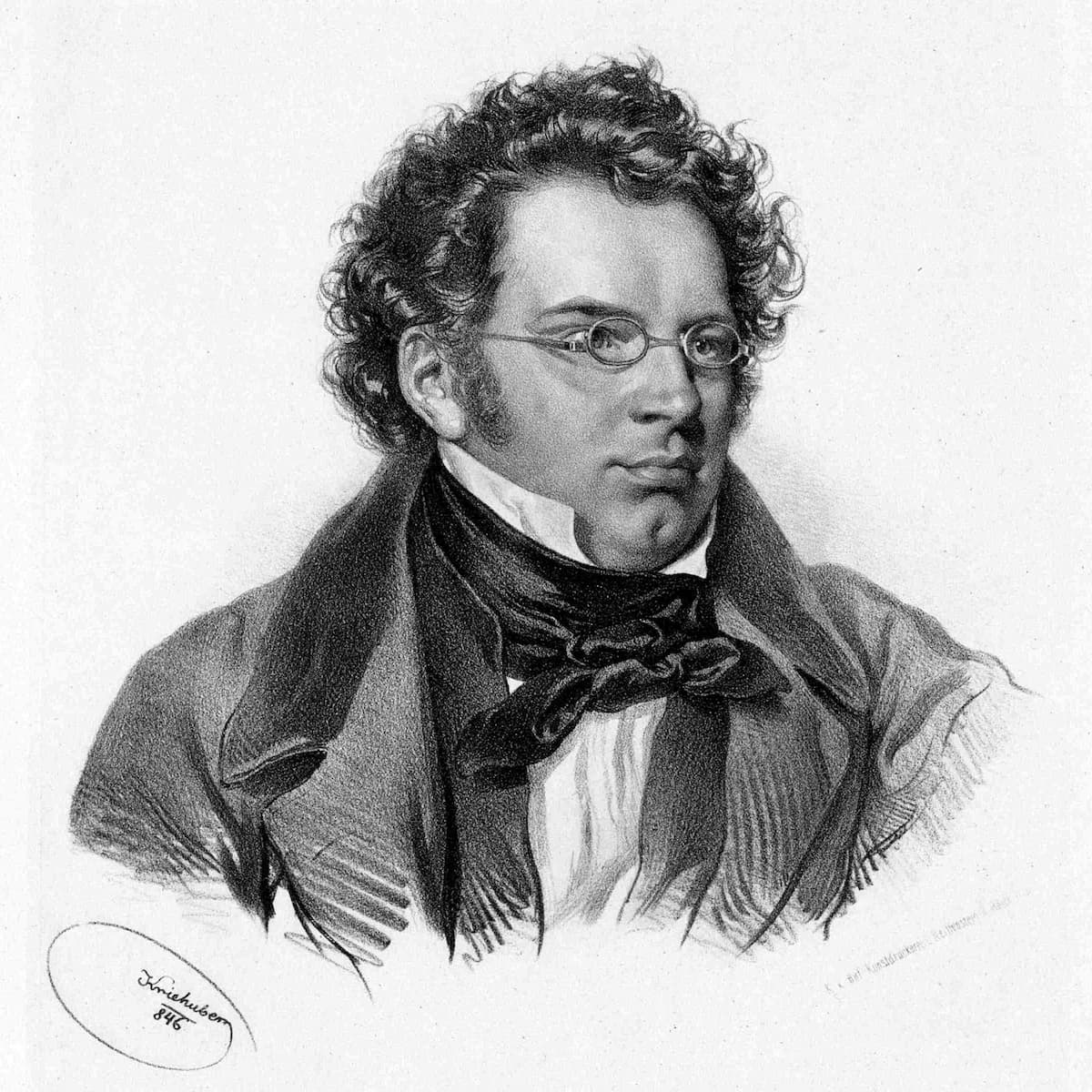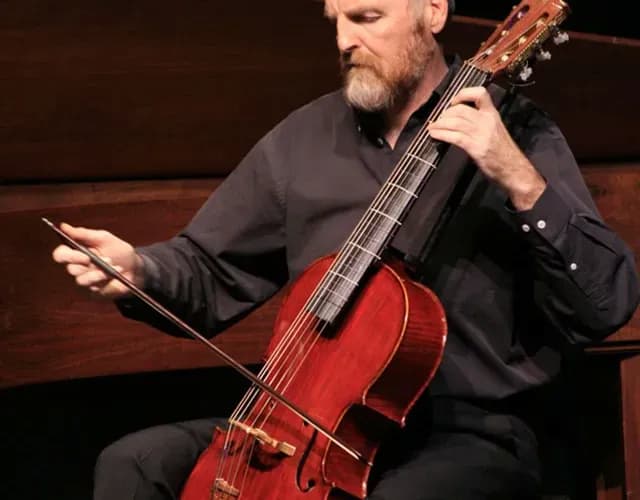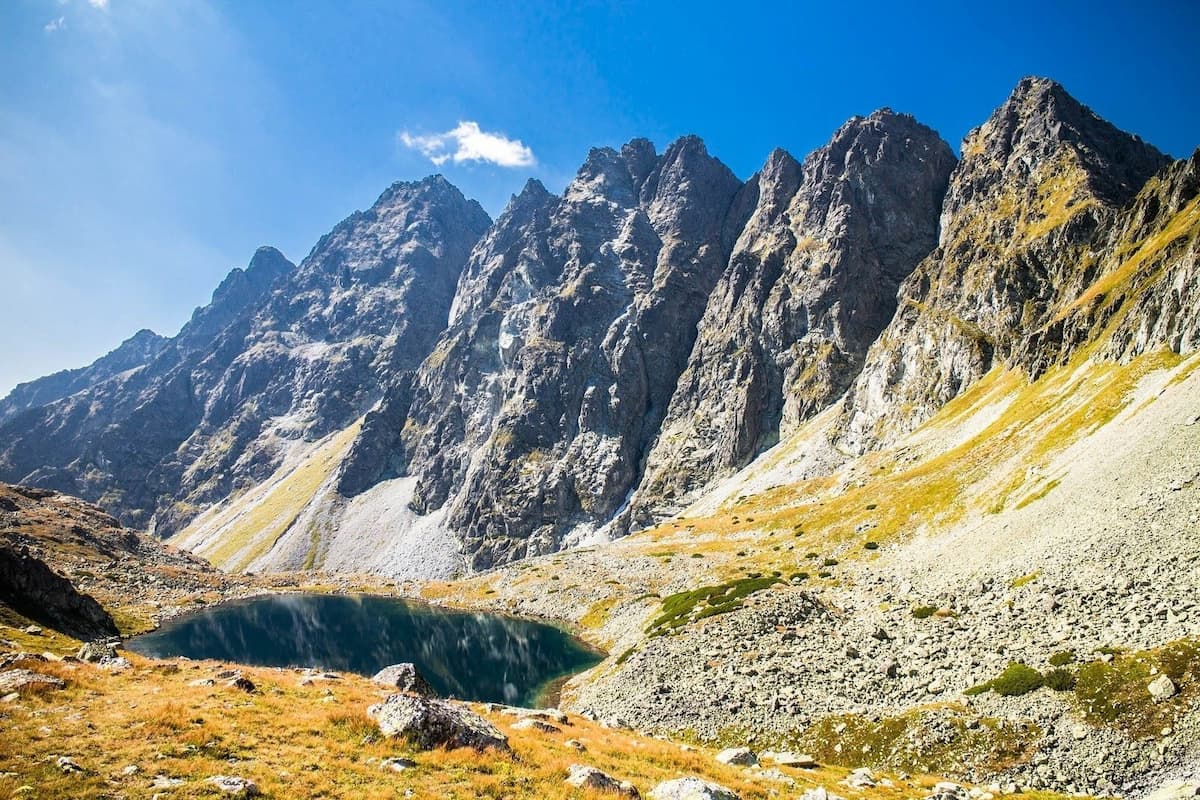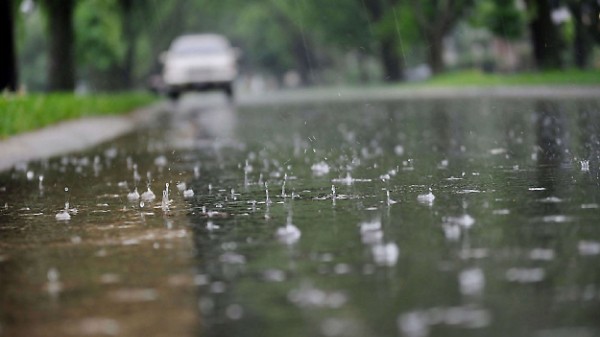In Schubert’s great 24-song cycle, Winterreise, he sketches the bleakness of the countryside, the coldness of the setting, and the despair of the narrator as he leaves the small village where he was once welcomed and now has to depart because his lover’s parents have found her a wealthier suitor. The voice is unhappy, and the piano setting often takes over when the singer cannot get through his emotions. This close support of the singer by the piano is often used even to set the scenes of the songs (viz Der Erlkonig).

Josef Kriehuber: Franz Schubert, 1846 (Vienna, Austrian National Library)
The first 12 poems were set by Schubert, and then the second 12 poems were set, although the 12 + 12 doesn’t follow Müller’s final order. After he wrote the second 12 poems, Müller changed the order of the poems, so Schubert’s 1-12 are as Müller first conceived of them, not as he finally published the whole set.
However, not everyone is a remarkable singer with their own pianist in hand. As a collection, Winterreise has attracted an enormous number of performers with other visions of the cycle.
The trombone might not be your first idea for a vocal replacement, but it does have qualities that allow it to imitate the voice, most notably the trombone slide’s ability to do glissandos and make microtonal inflections. What’s lacking, of course, is the text, and for that, the player has to compensate with octave shifts in the 2nd verse and the use of a mute in the final verse.
Franz Schubert: Winterreise, Op. 89, D. 911 – No. 1. Gute Nacht (Goodnight) (arr. M. Gee for trombone and piano) (Matthew Gee, trombone; Christopher Glynn, piano)
By moving the piano part to the string quartet, this arrangement frees up the voice to be more responsive to the text. Rushing and holding back and reaching little climaxes all help promote the idea of the seemingly random movements of the weathervane, pushed this way and that by invisible forces.
Franz Schubert: Winterreise, Op. 89, D. 911 – No. 2. Die Wetterfahne (arr. E. Wesly for voice, cor anglais and string trio) (Florian Götz, baritone; Grundmann Quartet)
The arpeggione, a forgotten string instrument often described as a ‘bowed guitar’ or ‘guitar cello’, keeps its modern fame in Schubert’s own Arpeggione Sonata. It has a singing quality that comes to the fore in this Winterreise setting. Although early arpeggiones looked more like guitars, since they came from guitar makers, later ones changed the guitar sound-holes for an f-hole and a more cello-like shape.

Arpeggione being played by Paul Yales
Franz Schubert: Winterreise, Op. 89, D. 911 – No. 3. Gefrorne Tränen (arr. for arpeggione and fortepiano) (Lorenz Duftschmid, arpeggione; Paul Gulda, piano)
When we change the ensemble to a piano trio with oboe and bassoon, the oboe takes the melodic line, and the instruments are made to breathe like the human voice. The ensemble, which formed during the COVID lockdown, took advantage of the isolated time to create an extremely intense and expressive winter’s journey.
Franz Schubert: Winterreise, Op. 89, D. 911 – No. 4. Erstarrung (arr. for oboe, bassoon and piano) (Clara Dent-Bogányi, oboe; Bence Boganyi, bassoon; Gergely Boganyi, piano)
This Winterreise has no singer but a reciter. It redefines the song cycle as something more – the links to Schubert’s original music have been stretched, and, in many cases, it’s the instrumentalists who are responding to the narrator’s text rather than following Schubert’s score. It’s more like a radio play with music. In Der Lindenbaum, the bass clarinet provides more of a free introduction.
Franz Schubert: Winterreise, Op. 89, D. 911 – No. 5. Der Lindenbaum (arr. A. Wolf and H. Siegmeth for narration, saxophone, bass clarinet, theorbo and lute) (The Linden Tree) (Stefan Hunstein, narrator; Hugo Siegmeth, bass clarinet)
When you expand the piano to be a full-string quartet, the baritone is placed in a more dimensional world – his tears flow as a stream to show the snow where to mark his beloved’s house.
Franz Schubert: Winterreise, Op. 89, D. 911 – No. 6. Wasserflut (arr. W. ten Have for voice and string quartet) (Martijn Cornet, baritone; Ragazze Quartet)
In this setting for two guitars, we seem to set ourselves in a more intimate setting – perhaps gathered around a fire in the falling darkness as the story of the poor lover is told.
Franz Schubert: Winterreise, Op. 89, D. 911 – No. 7. Auf dem Flusse (arr. C. Linck and V. Niehusmann for voice and 2 guitars) (Scot Weir, tenor; Folkwang Gitarren Duo)
In a rare recording with a woman singer, Yukari Komagamine sings in an almost off-hand manner. Don’t look back because that will only make you want to return to HER.
Franz Schubert: Winterreise, Op. 89, D. 911 – No. 8. Rückblick (arr. for voice and guitar) (Yukari Komagamine, mezzo-soprano; Sachiko Miyashita, guitar)
In setting the song cycle for the string quartet, arranger Andreas Höricht felt that his selection of 12 of the songs required intermezzo pieces between them. Since he’s not flowing from one song to another, he thought the audience required some time for a mind and ear reset.
Franz Schubert: Winterreise, Op. 89, D. 911 – No. 9. Irrlicht – Intermezzo V (arr. A. Höricht for string quartet) (Voyager Quartet)
Soloist and choir, with only minimal instrumental accompaniment in two accordions, provides a particularly powerful performance.
Franz Schubert: Winterreise, Op. 89, D. 911 (arr. G. Meyer and U. Steger for voice, choir and 2 accordions) – No. 10. Rast (Tobias Berndt, baritone; Gewandhaus Chorus; Heidi Steger and Uwe Steger, accordion; Gregor Meyer, cond.)
The dream of spring, here performed by a choir, has the effect of making the song less of a personal commentary than an outsider’s commentary on the hero’s situation. I’m not sure it’s effective with so many voices.
Franz Schubert: Winterreise, Op. 89, D. 911 – No. 11. Fruhlingstraum (arr. H. Chihara for choir) (Taro Singers; Hiroshi Satoi, cond.)
The final song before our hero leaves the village and all of his earlier life behind is about Loneliness. The viola underscores the solitude of our traveller in the midst of bright and happy things happening for everyone else.
Franz Schubert: Winterreise, Op. 89, D. 911 – No. No. 13. Einsamkeit (arr. for viola and piano) (Tabea Zimmermann, viola; Hartmut Höll, piano)
Each arrangement reflects a different aesthetic of the song – are we playing at home or perhaps in an outdoor setting amongst friends? The variety of arrangements brings different feelings to the audience. How do you want to travel?
Listen to more versions from Arranging One’s Winter’s Journey II: Going on the Road Schubert’s Winterreise.
For more of the best in classical music, sign up for our E-Newsletter



